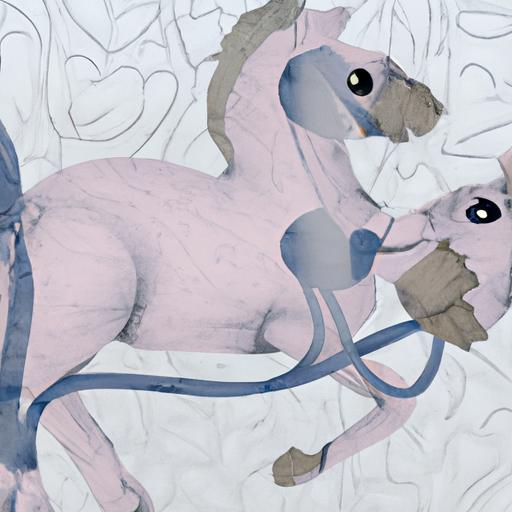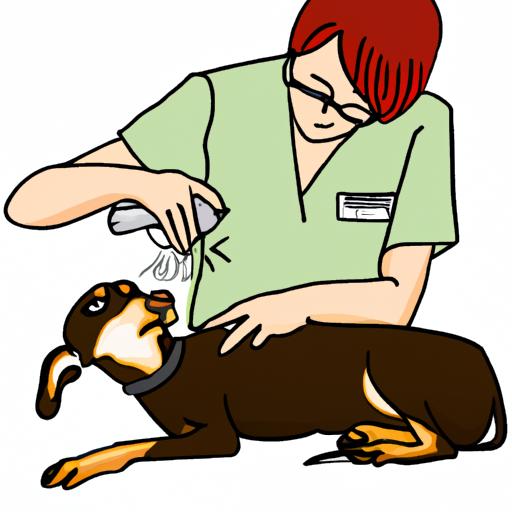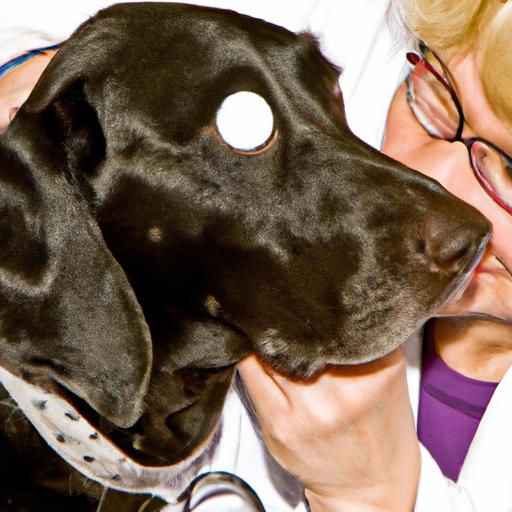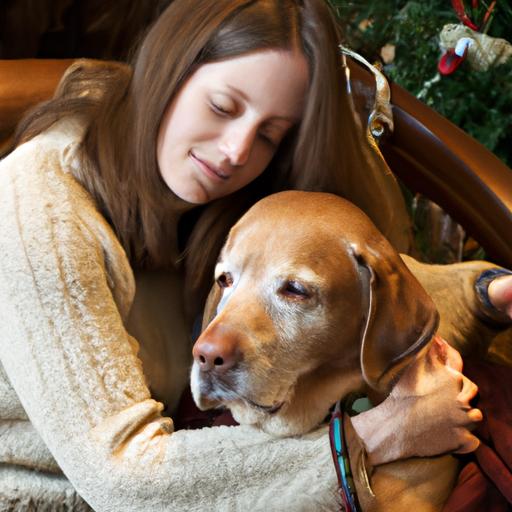
Recognizing Signs of Canine Leukemia
Learn how to recognize signs of canine leukemia early on. Discover common symptoms, diagnostic tests, and preventive measures in this informative article.
Introduction
As pet owners, it is our responsibility to ensure the health and well-being of our furry companions. Canine leukemia is a serious disease that can affect our beloved dogs, and recognizing its signs is crucial for early detection and treatment. In this article, we will explore the key aspects of canine leukemia, understand its causes and risks, and learn how to recognize the signs that may indicate its presence. By being aware and proactive, we can provide our furry friends with the best possible care and increase their chances of a full recovery.
Understanding Canine Leukemia
Before we dive into recognizing the signs of canine leukemia, it’s essential to have a basic understanding of the disease itself. Canine leukemia, also known as lymphosarcoma or lymphoma, is a type of cancer that affects the lymphatic system in dogs. This system plays a vital role in the body’s immune response, making it susceptible to the disease’s impact.
Causes and Risk Factors
The exact cause of canine leukemia remains unknown, but several risk factors have been identified. These include genetic predisposition, exposure to certain chemicals or toxins, previous infections, and compromised immune function. While any dog can develop leukemia, certain breeds may be more susceptible, emphasizing the importance of vigilance regardless of your dog’s breed.
Transmission and Prevention
Canine leukemia is not directly transmissible between dogs. However, certain viruses, such as the canine leukemia virus (FeLV) and the canine immunodeficiency virus (FIV), can weaken the immune system and increase the risk of developing leukemia. It is crucial to take preventive measures, such as ensuring your dog is up-to-date with vaccinations, avoiding exposure to infected animals, and maintaining a healthy and balanced lifestyle.
Recognizing Signs of Canine Leukemia
Early detection of canine leukemia significantly improves the chances of successful treatment. By being attentive to any changes in our dog’s behavior, physical appearance, or overall well-being, we can recognize potential signs that may indicate the presence of the disease. Here are some common signs to watch out for:
Common Symptoms
- Lethargy and Weakness: Noticeable decrease in energy levels and reluctance to engage in usual activities.
- Loss of Appetite: Significant reduction in food intake or complete loss of interest in eating.
- Weight Loss: Unexplained and rapid weight loss despite a normal or increased food intake.
- Enlarged Lymph Nodes: Palpable lumps or swollen lymph nodes, especially in the neck, armpits, or groin area.
- Frequent Infections: Recurrent infections that take longer to heal or become more severe than usual.
Physical and Behavioral Changes
In addition to the common symptoms, canine leukemia can manifest through various physical and behavioral changes. These signs may include:
- Changes in Skin: Itchy or irritated skin, rashes, or the appearance of sores.
- Respiratory Issues: Coughing, difficulty breathing, or labored breathing.
- Vomiting and Diarrhea: Persistent or severe vomiting and diarrhea that do not resolve with usual treatments.
- Increased Thirst and Urination: Excessive drinking and urinating, potentially leading to accidents in the house.
- Behavioral Changes: Unusual aggression, anxiety, or depression.
Diagnostic Tests
If you notice any of the signs mentioned above, it is crucial to consult a veterinarian for a proper diagnosis. The veterinarian may perform various diagnostic tests to confirm or rule out the presence of canine leukemia. These tests may include:
- Blood Tests: Complete blood count (CBC) and blood chemistry analysis to assess abnormalities and identify cancerous cells.
- Biopsy: Collection of tissue samples for microscopic examination to determine the presence of cancer cells.
- Imaging Tests: X-rays, ultrasounds, or other imaging techniques to detect any abnormalities or tumors in the body.
FAQ (Frequently Asked Questions)
What is Canine Leukemia?
Canine leukemia is a type of cancer that affects the lymphatic system in dogs. It can compromise the immune system and lead to various symptoms and health issues.
How is Canine Leukemia diagnosed?
Canine leukemia is diagnosed through a combination of physical examinations, blood tests, biopsies, and imaging tests. These diagnostic tools help veterinarians confirm the presence of cancer and determine the appropriate treatment plan.
Is Canine Leukemia treatable?
Yes, canine leukemia can be treated. The treatment options may include chemotherapy, radiation therapy, immunotherapy, or a combination of these approaches, depending on the stage and severity of the disease. It is important to consult with a veterinarian to discuss the best course of action for your dog.
Can Canine Leukemia be prevented?
While there is no definitive way to prevent canine leukemia, certain preventive measures can help reduce the risk. These include ensuring your dog is up-to-date with vaccinations, avoiding exposure to infected animals, maintaining a healthy diet and lifestyle, and regular veterinary check-ups.
Conclusion
Recognizing the signs of canine leukemia is vital for early detection and treatment. By being vigilant and proactive, we can ensure our furry companions receive the necessary care they deserve. From understanding the causes and risks to identifying common symptoms and diagnostic tests, this article has provided valuable insights into recognizing the signs of canine leukemia. Remember, your dog’s health is in your hands, so stay observant, consult a veterinarian if you notice any concerning signs, and provide your furry friend with the love and support they need to overcome any health challenges.





























